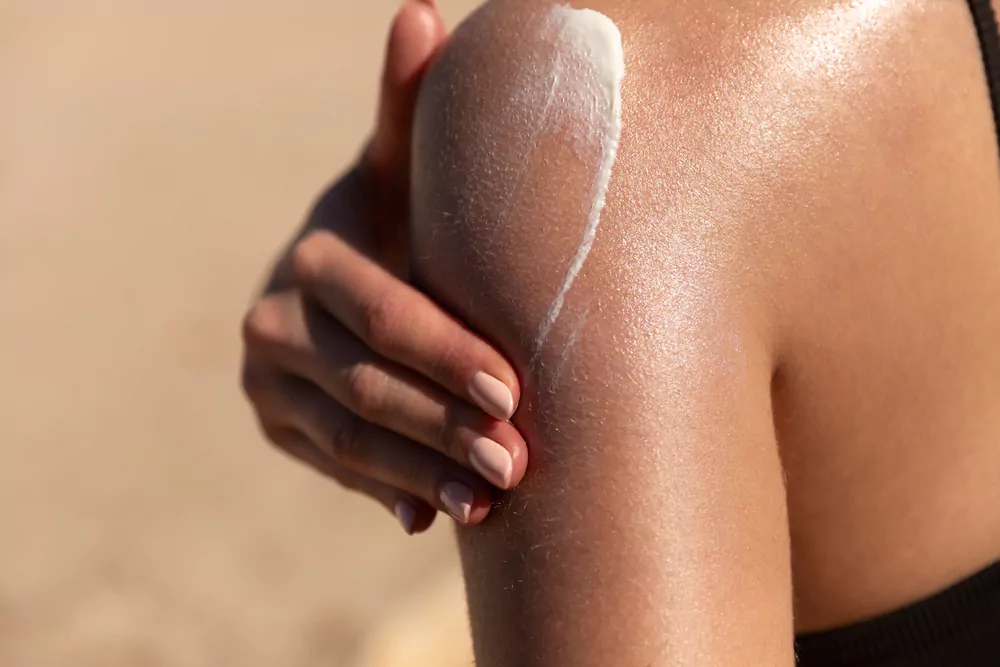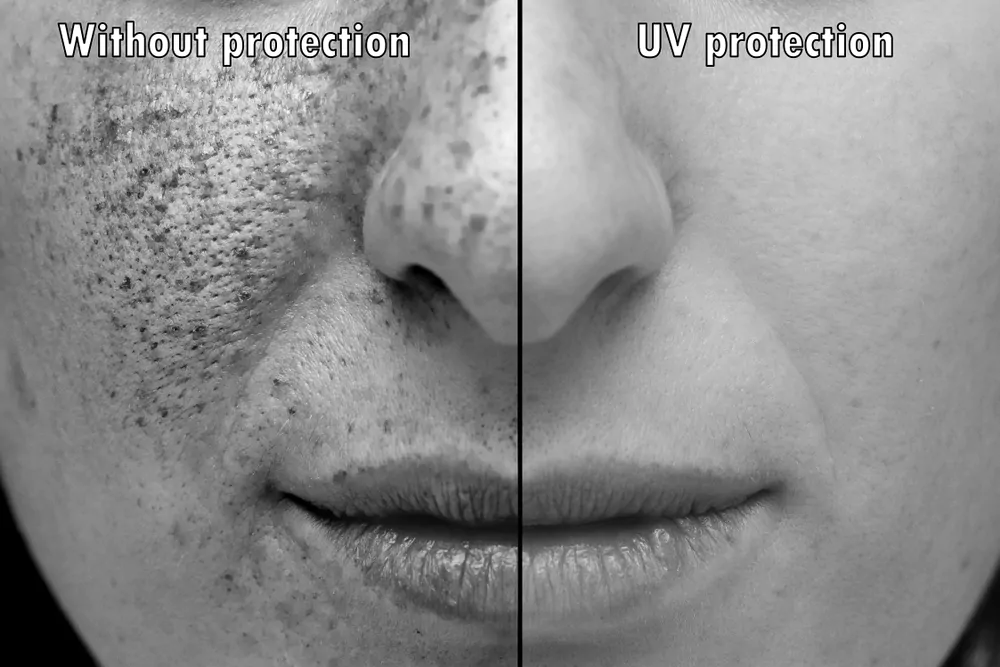How to Remove Sun Tan? Effective and Natural Remedies

When the sun is shining brightly in the sky, it’s almost impossible not to enjoy the warmth. Whether it’s a day at the beach or a casual outing with friends, the allure of the sun is often irresistible. However, excessive exposure to the sun can lead to unwanted skin tanning. Sun tanning, while desired by some, can be problematic for others, especially when it results in uneven skin tones.
If you’ve ever faced the issue of sun tan and wondered how to deal with it, then you’re in the right place. In this comprehensive guide, we will take you through the ins and outs of how to remove sun tan, explaining the causes and effects of sun tanning and, most importantly, providing you with some effective and safe methods on how to remove sun tan.
1 Understanding Sun Tan

Before diving into how to remove sun tan, it’s important to understand what sun tanning is. The sun emits harmful ultraviolet (UV) rays. These UV rays, specifically UVB and UVA, stimulate melanin production in our skin. Melanin is the pigment responsible for giving our skin, hair, and eyes their colour. When our skin is exposed to the sun, our bodies produce more melanin to protect our skin from UV rays, leading to darkening or tanning.
2 The Consequences of Sun Tanning

While a bit of sun is essential for our bodies to produce Vitamin D, overexposure can have detrimental effects on our skin health. Beyond tanning, sun exposure can lead to premature skin ageing, wrinkles, pigmentation, sunburn, and in worst-case scenarios, skin cancer.
3 Natural Remedies to Remove Sun Tan

Many individuals turn to natural remedies for sun tan removal due to their accessibility, affordability, and gentleness on the skin. Here are a few options:
- Lemon Juice: Lemon is a natural bleaching agent. Applying lemon juice directly to the affected area can lighten the skin over time. However, beware of applying lemon juice on any cuts or wounds, as citric acid can cause a stinging sensation.
- Aloe Vera: Known for its soothing and healing properties, aloe vera is a wonderful remedy for sun tan removal. Regular application of fresh aloe vera gel can help to lighten the skin while providing essential nutrients.
- Tomato: Like lemon, the tomato has natural bleaching properties. You can apply fresh tomato juice on tanned skin, leave it on for about 20 minutes, and then rinse it off.
- Yoghurt and Honey Mask: Both yoghurt and honey have moisturising properties and can lighten the skin. Mix equal parts of yoghurt and honey and apply the mixture to your skin. Rinse it off after 15 minutes.
- Cucumber Extract: Cucumber is known for its cooling effect. Applying cucumber juice can help to soothe sunburn and reduce tan.
Remember, consistency is key with these methods. You might not see instant results, but with regular use, these remedies can help lighten your tan.
4 Sun Tan Removal Products
If you’re looking for quicker results or your tan is particularly stubborn, you might consider using specialised sun tan removal products available in the market. These include:
- Tan Removal Creams and Lotions: Numerous brands offer creams and lotions specifically formulated to reduce sun tan. These usually contain ingredients like Vitamin C, kojic acid, or glycolic acid, which help in skin lightening.
- Face Packs and Masks: Many face packs and masks are available that target sun tan. These usually contain a mix of ingredients like clay, fruit extracts, and skin-lightening agents to help reduce tan.
- Exfoliating Scrubs: Exfoliation is an important part of skincare, and it can be particularly useful for removing sun tan. Scrubs often contain small particles that physically remove dead skin cells, helping to reduce tan over time.
- Serums: These are concentrated solutions with potent active ingredients that can target specific skin concerns. There are serums available that can help lighten the skin and reduce tan.
When selecting any of these products, remember to check the ingredients list and avoid products with harsh chemicals that could potentially damage your skin. Always perform a patch test to ensure that you don’t have an allergic reaction to the product.
5 Professional Treatments for Sun Tan Removal

If home remedies and over-the-counter products aren’t providing the desired results, you may want to consider professional treatments. Here are a few options:
- Chemical Peels: These are skin-resurfacing procedures in which a chemical solution is applied to the skin to remove the top layers. The skin that grows back is usually smoother and less tanned.
- Microdermabrasion: This is a minimally invasive procedure that renews overall skin tone and texture. It can improve the appearance of sun damage and reduce signs of tanning.
- Laser Skin Lightening: Laser treatments can also help reduce tan by removing the top layer of the skin, promoting new skin growth that is lighter in colour.
Consult with a dermatologist before opting for any of these procedures, as they can advise you on the best course of treatment based on your skin type and the severity of your tan.
6 Preventing Sun Tan
Prevention, as they say, is better than cure. While it’s possible to remove sun tan, it’s much easier to prevent it in the first place. Here are a few tips to protect your skin from sun damage:
- Sunscreen: Apply a broad-spectrum sunscreen with at least SPF 30 before going outside, even on cloudy days. Reapply every two hours or after swimming or sweating.
- Wear Protective Clothing: Long-sleeved shirts, long pants, wide-brimmed hats, and sunglasses can protect your skin from direct sun exposure.
- Seek Shade: Try to avoid the sun during peak intensity hours, usually between 10 a.m. and 4 p.m.
- Stay Hydrated: Drink plenty of fluids to keep your skin hydrated, which can help maintain its health and resilience to sun damage.
7 Wrapping Up
In conclusion, while sun tanning can be an unwanted consequence of spending time outdoors, it doesn’t have to be a permanent issue. With the help of natural remedies, skin care products, professional treatments, and, most importantly, preventive measures, you can effectively deal with sun tan. Remember, it’s not just about maintaining an even skin tone but also about protecting your skin from harmful sun damage. So the next time you step out in the sun, take the necessary precautions and enjoy the warmth without worry!
Community Q&A
About This Article
This article has been viewed 466 times.



